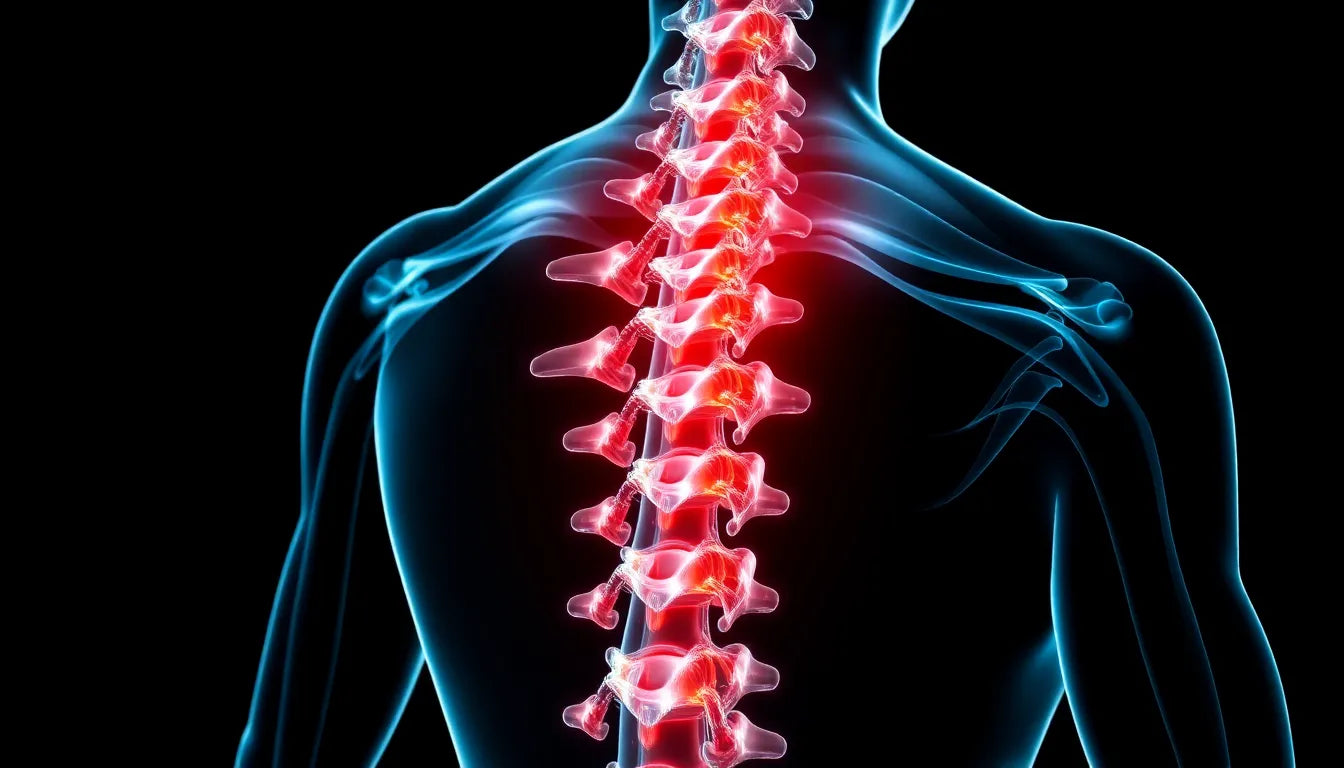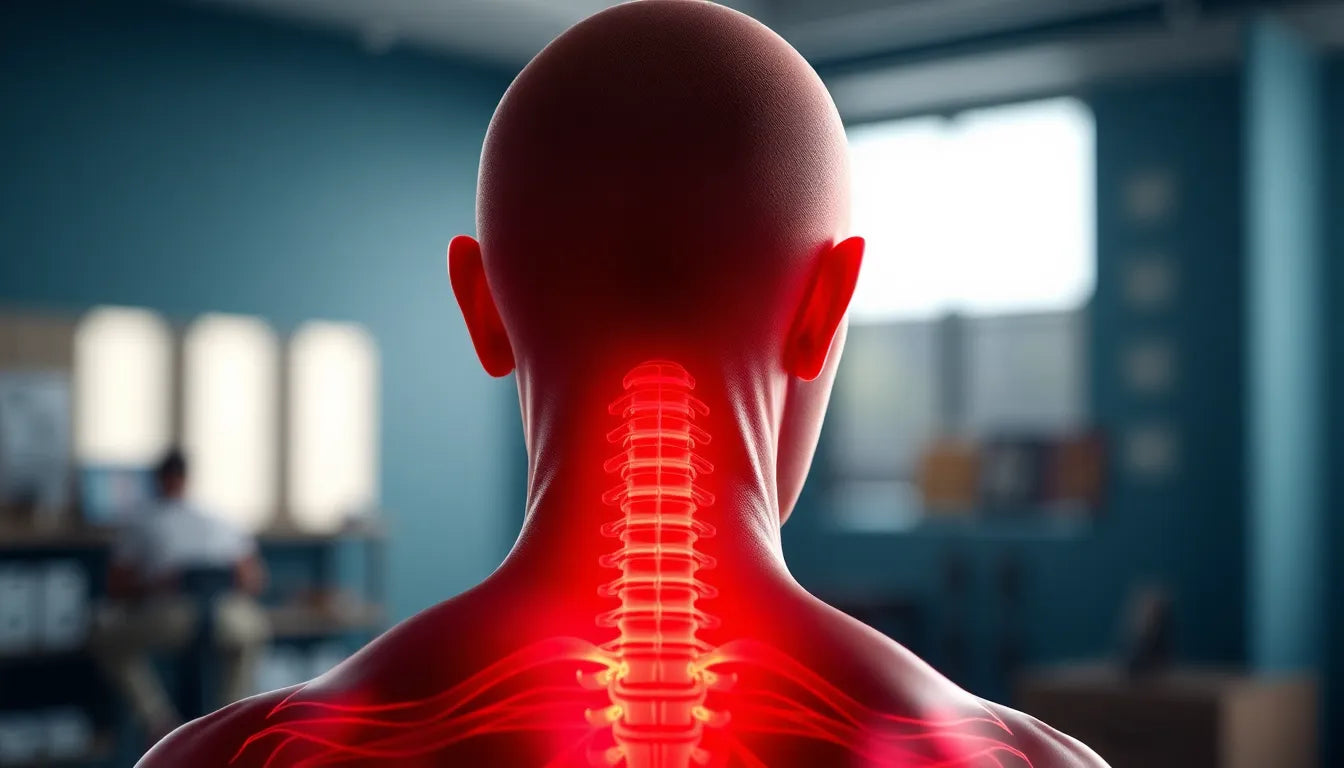In today's fast-paced world, the prevalence of body pain and discomfort is on the rise, often exacerbated by the environments we inhabit daily. Whether it's the office, home, or even our vehicles, poor ergonomics can significantly contribute to these issues. But what if there was a way to transform these environments into spaces that promote comfort and well-being? Enter ergonomics—the science dedicated to optimizing the interaction between humans and their surroundings.
Understanding ergonomics and its scope
Ergonomics is more than just a buzzword; it is a vital science and practical discipline aimed at enhancing the way we interact with our environments. At its core, ergonomics seeks to design spaces and products that fit the user, rather than forcing the user to adapt to poorly designed systems. This approach not only boosts comfort and safety but also enhances productivity across various settings. From the layout of your office desk to the design of the tools you use, ergonomics plays a crucial role in everyday life.
The applications of ergonomics are broad, encompassing everything from workplace design to the products we use daily. In the workplace, ergonomic principles can lead to the development of adjustable desks, ergonomic chairs, and optimal screen positioning, all of which contribute to a healthier and more efficient working environment. Beyond the office, ergonomics influences the design of consumer products, ensuring they are user-friendly and minimize the risk of injury.
The importance of ergonomics in daily life
The significance of ergonomics extends far beyond comfort. By focusing on the interaction between humans and their environments, ergonomics plays a pivotal role in reducing injuries, particularly musculoskeletal disorders. These are common ailments often caused by repetitive strain or poor posture, which can be mitigated through ergonomic interventions. Additionally, ergonomics contributes to overall well-being by integrating elements of psychology, engineering, and design. This multidisciplinary approach addresses both the physical and cognitive aspects of human interaction with systems, ensuring a comprehensive enhancement of our daily experiences.
Incorporating ergonomic principles into our environments is not just about avoiding pain; it's about creating spaces that support our health and productivity. By understanding and applying ergonomics, individuals and organizations can foster environments that not only prevent discomfort but also promote efficiency and satisfaction. As we continue to navigate the challenges of modern life, the role of ergonomics becomes increasingly essential in paving the way to a pain-free and productive future.
Understanding ergonomics in depth
According to the International Ergonomics Association, ergonomics is defined as "the scientific discipline concerned with the understanding of interactions among humans and other elements of a system." This formal definition underscores the dual nature of ergonomics as both a science and a profession, committed to optimizing human well-being and system performance. Ergonomics is not just about making environments more comfortable; it is about designing systems that foster human efficiency and safety.
Core goals of ergonomics
The fundamental objectives of ergonomics revolve around reducing errors, increasing productivity, and enhancing safety, health, and comfort. By designing environments that accommodate human needs, ergonomics seeks to minimize the physical strain and cognitive load on individuals. This approach is crucial in fitting jobs to people rather than forcing individuals to adapt to poorly designed environments. By doing so, ergonomics not only improves the quality of work but also contributes to the overall well-being of individuals.
Practical applications of ergonomics
Ergonomics finds its application in various settings, particularly in workplace design and product development. In the workplace, ergonomic interventions can significantly enhance employee comfort and productivity. For instance, adjustable desks and ergonomic chairs are designed to support proper posture and reduce the risk of musculoskeletal disorders. Proper screen positioning and the use of ergonomic keyboards can alleviate eye strain and repetitive stress injuries.
To illustrate the impact of ergonomic versus non-ergonomic setups, consider the following comparison:
| Feature | Ergonomic Setup | Non-Ergonomic Setup |
|---|---|---|
| Desk Height | Adjustable to fit user's height | Fixed height, may cause strain |
| Chair Design | Supports lumbar region and promotes good posture | Lacks support, leading to back pain |
| Screen Position | Eye level to reduce neck strain | Too high or low, causing neck discomfort |
These examples highlight how ergonomic design can transform workspaces into environments that support health and productivity. Beyond the workplace, ergonomics is also applied in the design of consumer products. Everyday items, such as kitchen utensils and handheld devices, benefit from ergonomic design by being more intuitive and reducing user fatigue.
Incorporating ergonomics into various aspects of life is essential for creating environments that not only prevent discomfort but also enhance overall quality of life. By understanding the principles of ergonomics and applying them to our surroundings, we can pave the way towards a healthier, more efficient, and pain-free lifestyle.
Modern ergonomics: Beyond physical design
As ergonomics continues to evolve, it has expanded beyond just the physical aspects of design to include cognitive and psychosocial dimensions. This holistic approach addresses not only the physical setup of workspaces but also the mental well-being and stress management of individuals. By considering these factors, ergonomics aims to create environments that support human capabilities and limitations, enhancing both individual and organizational efficiency.
Modern ergonomic practices focus on creating systems that are intuitive and accommodating to the user's needs. This includes designing interfaces that reduce cognitive load, organizing workspaces to minimize distractions, and implementing policies that encourage regular breaks and movement. These practices can lead to improved focus, reduced stress, and a more harmonious work-life balance.
Practical tips for implementing ergonomics
Implementing ergonomic principles doesn't have to be complicated. Here are some actionable tips to assess and improve ergonomics in your personal and professional spaces:
- Chair height: Ensure your chair is adjustable and supports your lumbar region. Your feet should rest flat on the floor, and your knees should be at a 90-degree angle.
- Desk setup: Position your desk so that your screen is at eye level to reduce neck strain. Ensure that your keyboard and mouse are within easy reach to prevent overextension.
- Lighting: Use adjustable lighting to reduce glare on screens and provide adequate illumination for tasks. Natural light is ideal but can be supplemented with task lighting as needed.
- Breaks and movement: Incorporate regular breaks into your routine to stand, stretch, and move around. This helps reduce fatigue and refreshes your mind.
By following these tips, you can create a workspace that not only enhances comfort and productivity but also supports your overall well-being.
Frequently Asked Questions
What is ergonomics and why is it important?
Ergonomics is the science of designing environments and products to fit the users' needs, enhancing comfort, safety, and productivity. It is important because it helps prevent injuries, particularly musculoskeletal disorders, and improves overall well-being by optimizing human interactions with systems.
How can I make my workspace more ergonomic?
To make your workspace more ergonomic, adjust your chair and desk to fit your height, position your screen at eye level, and ensure your keyboard and mouse are easily accessible. Incorporate good lighting and take regular breaks to move and stretch.
What are common ergonomic products?
Common ergonomic products include adjustable chairs, standing desks, ergonomic keyboards, and supportive mouse pads. These products are designed to reduce strain and improve comfort during prolonged use.
Can ergonomics help with chronic pain?
Yes, ergonomics can help alleviate chronic pain by addressing the root causes of discomfort, such as poor posture and repetitive strain. Ergonomic adjustments can lead to significant improvements in pain management and prevention.
How does ergonomics relate to mental health?
Ergonomics relates to mental health by creating environments that reduce stress and cognitive load, leading to improved focus and overall mental well-being. Ergonomic practices encourage a balance between work demands and personal health, promoting a healthier work-life dynamic.
Sources
- International Ergonomics Association (IEA). "Definition and Scope of Ergonomics."
- Dohrmann Consulting. "What is Ergonomics?"
- Wikipedia. "Ergonomics."
- StatPearls. "Ergonomics and Musculoskeletal Disorders."
- Humanscale. "Ergonomics: The Science of Fitting a Workplace to the User's Needs."
- Cambridge Dictionary. "Ergonomics."


















